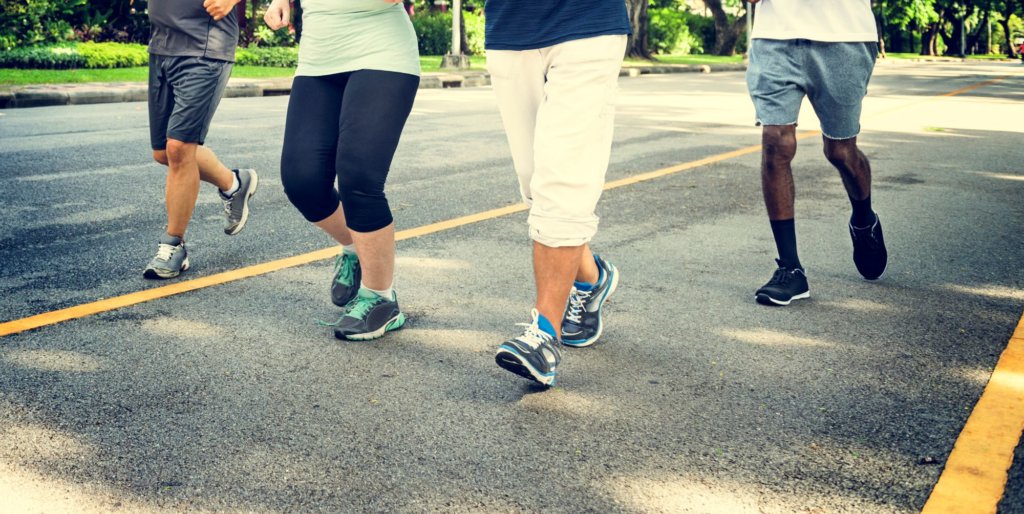For people living with diabetes, managing blood sugar levels is a top priority. However, there’s another important aspect of diabetic care that can often be overlooked—foot health. Diabetes can lead to serious foot complications if not properly managed, making regular foot checkups an essential part of staying healthy. Let’s explore why people with diabetes should pay special attention to their foot health, offer tips for proper foot care, and highlight the signs to watch for to avoid complications.
1. Understanding the Connection Between Diabetes and Foot Health
Diabetes affects the body in various ways, but when it comes to foot health, there are two main complications that can occur: nerve damage (neuropathy) and poor circulation. Neuropathy can cause a loss of sensation in the feet—making it difficult to detect injuries—while poor circulation can lead to slower healing, cold feet, or numbness. Together, these issues can sometimes lead to infections, ulcers, or even severe complications like amputation if left untreated.
If you have diabetes, it’s especially important to take foot injuries seriously. Even minor injuries may not be able to heal as quickly or effectively as someone without diabetes.

2. Why Regular Foot Checkups Are Essential
Regular foot checkups with a podiatrist or primary care provider allow healthcare professionals to monitor any changes in your foot health and catch potential problems early. Since some people with diabetes may not feel injuries due to neuropathy, professional checkups make sure nothing is missed. Your healthcare provider can check for signs of decreased circulation, skin changes, and wounds that may have gone unnoticed.
Schedule foot exams with your doctor at least once a year, or more frequently if you notice any changes or problems. Finding problems early can prevent more serious complications down the road.
3. Foot Care Tips for Diabetics
While regular checkups are important, taking care of your feet on a daily basis is just as necessary. Proper foot care can even prevent issues from developing in the first place. Here are some tips to incorporate into your daily routine:
- Wash your feet daily with warm water and mild soap. Avoid soaking them for too long, as this can dry out the skin.
- Moisturize your feet to prevent dryness and cracking, but avoid putting lotion between your toes where excess moisture could lead to infections.
- Trim your toenails carefully and straight across to avoid ingrown toenails.
- Inspect your feet daily for cuts, blisters, redness, swelling, or any other abnormalities. If you need to, check the bottom of your feet by using a mirror.
- Wear well-fitting shoes that provide proper support and cushioning to avoid pressure points and blisters. Avoid wearing tight-fitting shoes that don’t allow your feet to breathe.
If you notice any sores, blisters, or signs of infection, contact your primary care provider or podiatrist immediately.
4. Signs to Watch For
For people with diabetes, certain symptoms can signal a developing foot issue that needs medical attention. Be aware of these warning signs:
- Numbness or tingling can be a sign of nerve damage (neuropathy), which can make it harder to feel pain or discomfort in your feet.
- Swelling or redness may indicate infection or poor circulation.
- Blisters or sores that don’t heal are a common issue for diabetics and should be monitored closely.
- Changes in skin color or temperature such as darkened skin, cold feet, or warm spots could all be signs of circulation problems.
- Persistent pain should be reported to your doctor. Even though neuropathy often causes numbness, some diabetics experience pain or discomfort that needs to be addressed by a podiatrist.
Keep track of any changes in your feet and report them to your doctor immediately. A quick appointment may be the difference-maker when it comes to preventing complications.
5. How Podiatrists Can Help
Podiatrists are specially trained to care for feet, making them a valuable part of your healthcare team. They can provide expert advice on foot care, recommend proper footwear, and treat any foot problems that arise. They can also conduct regular tests to check your nerve function and circulation, which may catch issues before they get worse.
Don’t hesitate to ask your podiatrist about custom orthotics or diabetic footwear, which are designed to reduce pressure and protect your feet from injury.
6. Prevention, Prevention, Prevention
Prevention is the best defense against serious foot problems for people with diabetes. By taking care of your foot hygiene, keeping up with regular checkups, and wearing supportive footwear, you can greatly reduce your risk of developing diabetes-related health complications.
For people with diabetes, regular foot checkups are more than just a precaution—they’re a crucial part of overall health management. By staying vigilant about foot care and recognizing warning signs early, you can work to prevent serious complications and maintain good foot health. Make foot care part of your daily habit, and be sure to see your podiatrist regularly to keep your feet healthy and strong.
This article is for informational purposes only and does not constitute professional medical advice. If you have further questions, make an appointment with your primary care provider.
